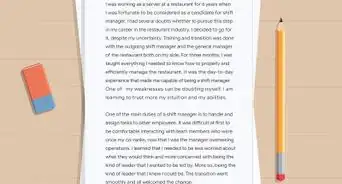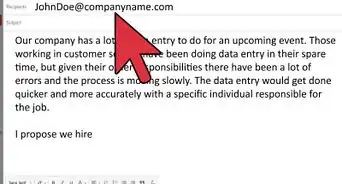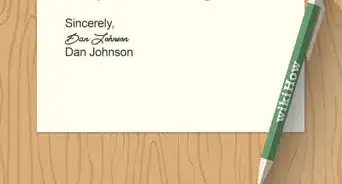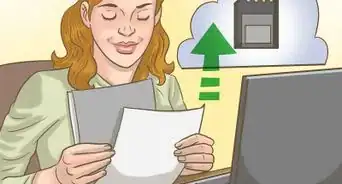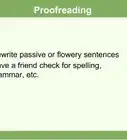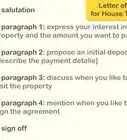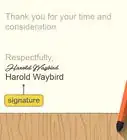This article was co-authored by Amber Rosenberg, PCC and by wikiHow staff writer, Amy Bobinger. Amber Rosenberg is a Professional Life Coach, Career Coach, and Executive Coach based in the San Francisco Bay Area. As the owner of Pacific Life Coach, she has 20+ years of coaching experience and a background in corporations, tech companies, and nonprofits. Amber trained with the Coaches Training Institute and is a member of the International Coaching Federation (ICF).
There are 14 references cited in this article, which can be found at the bottom of the page.
wikiHow marks an article as reader-approved once it receives enough positive feedback. This article has 13 testimonials from our readers, earning it our reader-approved status.
This article has been viewed 1,157,372 times.
If you find a company you want to work for but they don't seem to be hiring, you can email them a letter of interest. This is a short, professional letter in which you introduce yourself and describe your qualifications. If the company where you want to work has a more laid-back atmosphere, it's probably acceptable to send your letter of interest in the body of an email. For more formal workplaces, it may be more appropriate to write a formal letter of interest and attach it to a short accompanying email, instead.
Steps
Composing an Email to Express Interest
-
1Open your letter with a salutation to the hiring manager. Find the website of the company you want to work for and try to find the contact information for the person in charge of hiring. Then, address your letter to them, using the standard "Dear" as a greeting.[1]
- Including the hiring manager's name makes your email more personal. If possible, you can also include their title, their company, address, city, state, zip code, etc. if you intend the email to function as a cover letter.[2]
- For instance, your greeting might say "Dear Ms. Smith:" If you cannot locate the name of the person in charge of hiring, you can use "To Whom It May Concern:" instead.[3]
- If the person has a gender neutral name and you can’t figure out their gender or preference, err on the side of caution and use the full name in the greeting. For example, it’s better to say "Dear Chris Smith," than writing Dear Ms. Smith to a Christopher Smith.
-
2Provide a brief introduction. As you begin writing your first draft, start by stating your name, the position or types of positions you're interested in, and what led you to contact the company. Also, briefly describe why you feel the company should consider hiring you.[4]
- For example, you could write "My name is Christopher Smith and I became interested in working at Brand Marketing, Inc. after seeing your company profiled in a local magazine. I would like to inquire whether you have any positions in your advertising department. I feel my qualifications could significantly contribute to Brand Marketing’s mission of expanding the social media reach of businesses in our area."
- Unlike in a cover letter, don't include your contact information until the bottom of your email.[5]
Tip: Avoid putting the recipient’s email address into the “To:” field so that you don’t accidentally send the draft until you are ready.
Advertisement -
3Explain your qualifications and experience in the body of the letter. In the next section, write 1-3 paragraphs describing your education and experience, as well as your strengths, skills, and achievements. You can also go into more detail about how you could benefit the potential employer.[6]
- Use this section to connect your personal goals and background to the company's mission statement. You can usually find this information on the company's website. You'll stand out as a candidate if you can show why you're passionate about the work and how you could prove that as an employee.[7]
- Provide specific examples of projects you've worked on or similar positions you've held that qualify you for the job you want.
-
4Close with your contact information and a 'thank you.' In your closing, thank the company for considering your possible employment. Also, include a time at which you will contact the addressee to follow up, and how the company may contact you.[8]
- For example, "Thank you for considering my employment at Brand Marketing, Inc. I will contact you to follow up on Monday, September 8 at 1:00 to discuss potential opportunities. Please feel free to contact me at any time by email or phone. My phone number is (555) 555-5555."[9]
- For a simple closing, just say "Sincerely" followed by a comma. If you want to jazz it up a bit, consider writing "I look forward to hearing from you," followed by "Sincerely."[10]
- Finish by typing your name or including your digital signature. Beneath that, include any relevant contact information that isn't in the body of the email, like your address.
- Finish by signing the letter with your digital signature.
Tip: An email of interest won’t be as long as a formal written letter. If it is too long, the employer may not read the entire text and could miss vital information about you.[11]
-
5Make your writing positive and actionable. When you’re drafting and later revising your email, you want to make yourself as attractive to a company as possible. Your potential employer will have a better idea of who you are, and you'll be presenting a more positive image of yourself.[12]
- Try including some verbs like "collaborate," "cooperate," and "promote."[13]
- Nouns like "team-player," "asset," and "responsibility" also work well.[14]
- Don't forget to use positive and actionable adjectives too, like "reliable," "intelligent," "good-natured," and "diligent."[15]
- You can put these words together in phrases, such as "I collaborated on a marketing project and was a significant asset in my company gaining several new clients. Being a team player was integral to devising my company’s current successful marketing campaign with a Fortune 500 company. This work had a significant impact on raising our company profile and annual profits."[16]
-
6Be honest and don’t exaggerate. You want to sell yourself as best as possible while being honest about your qualifications. There is a fine line between honesty and exaggeration and you want to avoid this so that potential employers don’t find your email disingenuous.[17]
- You don’t necessarily need to say you are the best. Instead, consider writing something like "My current employers have called me one of the most responsible and collegial co-workers with whom they’ve had the pleasure to work."
- When assessing your technical skills and abilities, you can write something along the lines of "I am among the top 5% of brand managers in my field based on sales."
-
7Revise and copy edit your email. Once you’ve drafted your email, read through it again several times to revise the text. Focus on making your language strong and streamlined, and expand on any areas that need additional development. Also, copy edit the email for any spelling, punctuation or grammatical errors.[18]
- Consider reading the letter aloud to hear possible mistakes and help ensure that it sounds professional.
- It can sometimes help to have someone else proofread a letter for you to catch anything you might have missed.
- Make sure your revised draft presents the best picture of you possible. Also, as you read through, try to tailor the information you provide in the letter to that specific job or the company.[19]
-
8Attach your resume and relevant files. If you’ve mentioned that you will attach a resume to your email, add the file and any other relevant files you would like. This can help the prospective employer get a better sense of your experience and qualifications.[20]
- Make sure to update and proofread your resume before sending it to a potential employer.
-
9Address the email. In order to send the email to the company or HR representative, you need to address the email. Having the proper email address for the person or company can help ensure it is directed to the proper person.[21]
- If there is more than one email address that may apply, consider adding them in the “to” field.
- You may want to blind copy yourself to make sure the email successfully sends.
-
10Proofread one final time. Before you send the email, read over the text one final time. This can help ensure that you haven’t made any mistakes or omitted important information.
Sending a Formal Letter of Interest as an Email Attachment
-
1Compose a separate letter of interest if the workplace is more formal. If the company to which you would like to apply requires a more formal expression of interest, you can email a proper business letter as an attachment. This can help show a potential employer that you understand the formality of the company and make you appear more professional.[22]
- To compose a formal business letter, follow the steps for drafting and proofreading an email of interest. However, you’ll also need to add additional sections, including a formal heading and addresses and a formal closing.
- Make sure the letter is on letterhead, as this will look more professional. You can copy and paste your letterhead onto a word document.
-
2Open with your formal heading. On the first line of the letter, write in the date. Immediately underneath the date, put the address of the potential employer. Address it either to the possible supervisor or the human resources department.[23]
- Include your contact information underneath the potential employer’s information, including your address, telephone number, and email address.
-
3Compose a brief introductory email. Since you are going to attach a more formal letter of interest to your email, you don't need to go into much detail, but you do want the person who receives the email to know who you are and why you're writing. Include a greeting and short paragraph explaining your interest, and finish with a professional closing. This email should also point the company or HR representative to your letter and resume, or any other relevant documents.[24]
- For instance, you might say something like, "Dear Ms. Smith, I am interested in exploring employment opportunities with your company and feel that I can make a significant contribution to your mission. I’ve attached a formal letter of interest and my resume with this email. They address my desire to work for your company as well as my skills and qualifications."
- For your closing, say something like, "I look forward to hearing from you. Please feel free to contact me at any time by email or phone." End with "Sincerely" followed by a comma.
-
4Attach your formal letter, resume, and relevant files. Add the files that contain your letter of intent and resume to your email. You may want to include other relevant files such as a performance review or recommendation letter. This can help the prospective employer get a better sense of you and your qualifications.[25]
-
5Place the proper email address in the "To:" field. In order to send the email to the company or HR representative, put the person’s address in the proper field. Having the right email address for the person or company can help ensure it is directed to the proper person.
- If there is more than one email address that may apply, consider adding them in the "To:" field.
- Consider adding your own email address to the "BCC:" field. That way, you can ensure the email successfully sends, but you won't show as one of the recipients of the email.[26]
-
6Read through the email and attachments one final time. Before you send the email, read over the text one final time. This can help ensure that there aren’t any spelling or grammar mistakes or any missing information.[27]
Sample Emails of Interest
Expert Q&A
Did you know you can get expert answers for this article?
Unlock expert answers by supporting wikiHow
-
QuestionWho should I address my email of interest to?
 Amber Rosenberg, PCCAmber Rosenberg is a Professional Life Coach, Career Coach, and Executive Coach based in the San Francisco Bay Area. As the owner of Pacific Life Coach, she has 20+ years of coaching experience and a background in corporations, tech companies, and nonprofits. Amber trained with the Coaches Training Institute and is a member of the International Coaching Federation (ICF).
Amber Rosenberg, PCCAmber Rosenberg is a Professional Life Coach, Career Coach, and Executive Coach based in the San Francisco Bay Area. As the owner of Pacific Life Coach, she has 20+ years of coaching experience and a background in corporations, tech companies, and nonprofits. Amber trained with the Coaches Training Institute and is a member of the International Coaching Federation (ICF).
Pacific Life Coach
-
QuestionShould I include my contact information at the top of the email?
 Amber Rosenberg, PCCAmber Rosenberg is a Professional Life Coach, Career Coach, and Executive Coach based in the San Francisco Bay Area. As the owner of Pacific Life Coach, she has 20+ years of coaching experience and a background in corporations, tech companies, and nonprofits. Amber trained with the Coaches Training Institute and is a member of the International Coaching Federation (ICF).
Amber Rosenberg, PCCAmber Rosenberg is a Professional Life Coach, Career Coach, and Executive Coach based in the San Francisco Bay Area. As the owner of Pacific Life Coach, she has 20+ years of coaching experience and a background in corporations, tech companies, and nonprofits. Amber trained with the Coaches Training Institute and is a member of the International Coaching Federation (ICF).
Pacific Life Coach
References
- ↑ https://www.cnbc.com/2019/01/30/10-email-templates-every-successful-job-hunter-needs.html
- ↑ Amber Rosenberg, PCC. Pacific Life Coach. Expert Interview. 6 February 2019.
- ↑ https://www.cnbc.com/2019/01/30/10-email-templates-every-successful-job-hunter-needs.html
- ↑ https://grammar.yourdictionary.com/grammar/writing/how-to-write-a-letter-of-interest.html
- ↑ Amber Rosenberg, PCC. Pacific Life Coach. Expert Interview. 6 February 2019.
- ↑ https://www.cnbc.com/2019/01/30/10-email-templates-every-successful-job-hunter-needs.html
- ↑ Amber Rosenberg, PCC. Pacific Life Coach. Expert Interview. 6 February 2019.
- ↑ https://www.cnbc.com/2019/01/30/10-email-templates-every-successful-job-hunter-needs.html
- ↑ https://www.cnbc.com/2019/01/30/10-email-templates-every-successful-job-hunter-needs.html
- ↑ https://www.cnbc.com/2019/01/30/10-email-templates-every-successful-job-hunter-needs.html
- ↑ https://www.indeed.com/career-advice/career-development/how-to-end-an-email
- ↑ http://www.washington.edu/doit/six-steps-great-cover-letter
- ↑ https://www.verbling.com/articles/post/business-english-tip-positive-tone-in-em
- ↑ https://www.verbling.com/articles/post/business-english-tip-positive-tone-in-em
- ↑ https://www.verbling.com/articles/post/business-english-tip-positive-tone-in-em
- ↑ https://www.verbling.com/articles/post/business-english-tip-positive-tone-in-em
- ↑ http://money.usnews.com/money/careers/articles/2013/05/31/mastering-the-art-of-giving-a-job-reference
- ↑ http://www.washington.edu/doit/six-steps-great-cover-letter
- ↑ https://hbr.org/2009/05/how-to-revise-an-email-revised
- ↑ https://grammar.yourdictionary.com/grammar/writing/how-to-write-a-letter-of-interest.html
- ↑ https://onemorelead.com/finding-company-email-addresses/
- ↑ http://www.washington.edu/doit/six-steps-great-cover-letter
- ↑ http://www.washington.edu/doit/six-steps-great-cover-letter
- ↑ https://www.indeed.com/career-advice/career-development/email-introduction-examples
- ↑ https://www.indeed.com/career-advice/career-development/how-to-write-email-with-attachment
- ↑ https://www.technology.pitt.edu/help-desk/how-to-documents/using-blind-carbon-copy-bcc-feature-protect-privacy-email-addresses
- ↑ https://hbr.org/2009/04/how-to-revise-an-email-so-that
- ↑ https://www.microverse.org/blog/how-to-write-emails-that-will-make-you-look-professional
- ↑ https://grammar.yourdictionary.com/grammar/writing/how-to-write-a-letter-of-interest.html
About This Article
To write an e-mail of interest for a job, start with a brief introduction that includes your name, the job title, and why you’re contacting the company. Next, discuss your qualifications using positive, actionable words, like “collaborate” and “team-player” to make yourself an attractive candidate. However, when you list your accomplishments, be honest and try not to exaggerate your abilities. Then, close your letter with your contact information so they can get in touch with you. Finally, before hitting “Send,” revise and proofread your e-mail so that it’s free of errors. For sample emails to give you inspiration, read on!
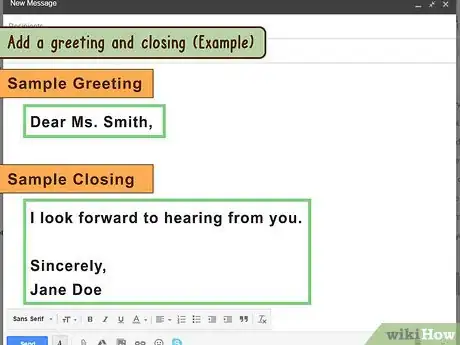

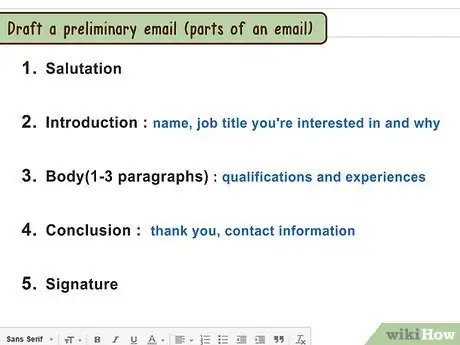
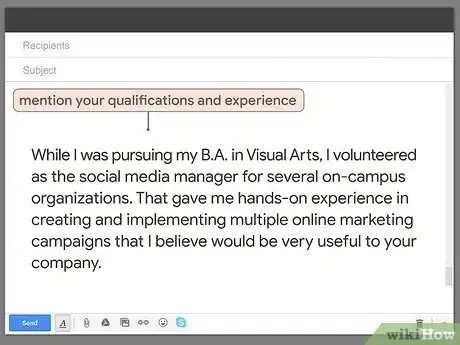
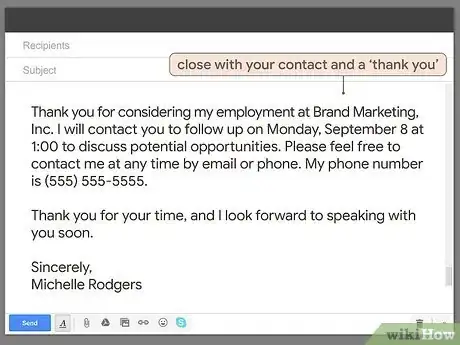
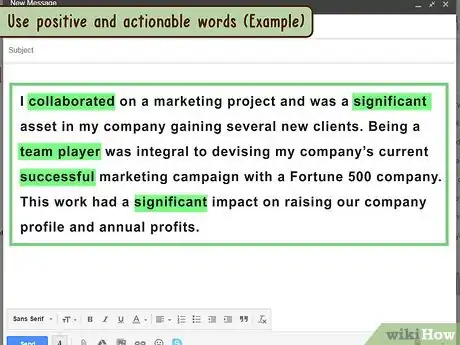
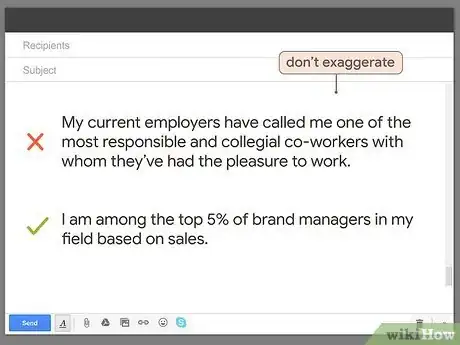

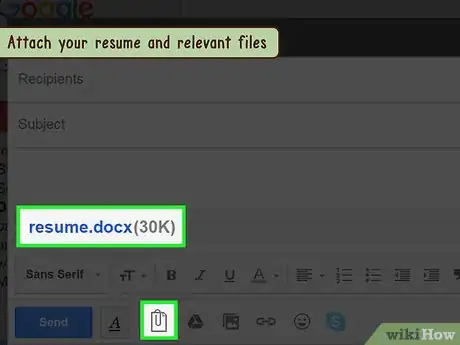
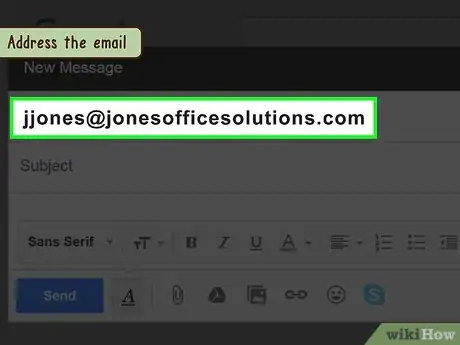

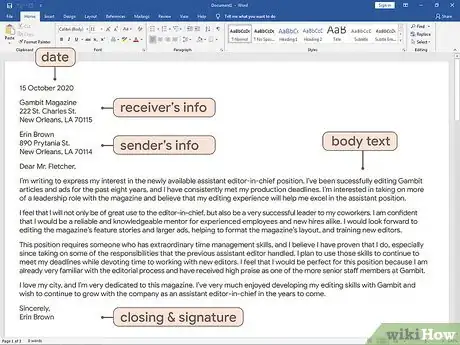
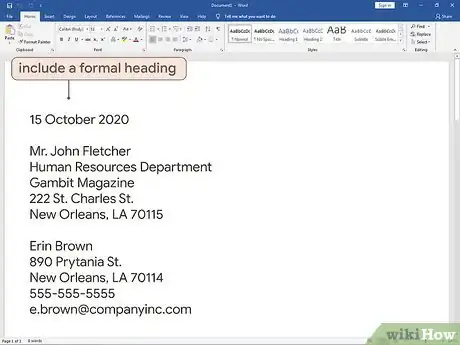
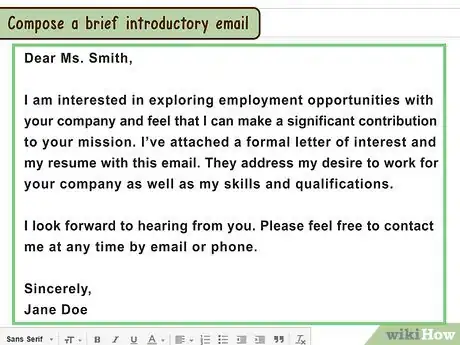
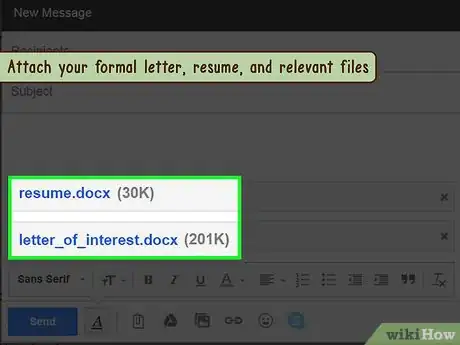
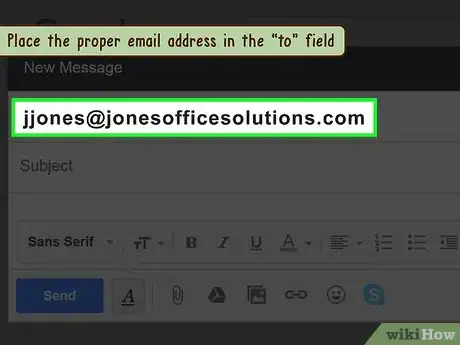

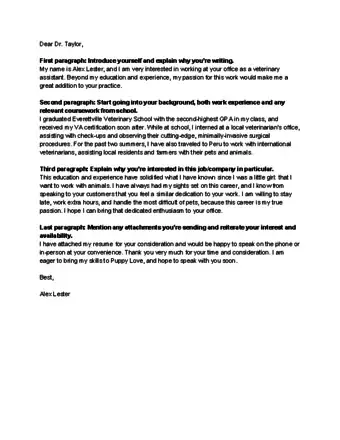
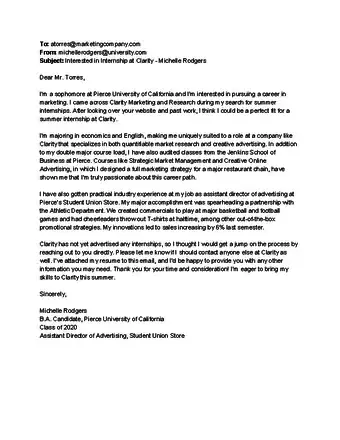

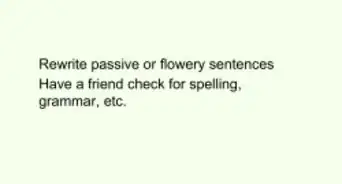

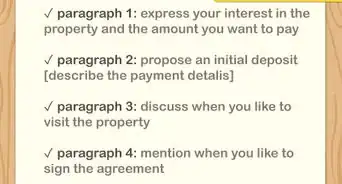
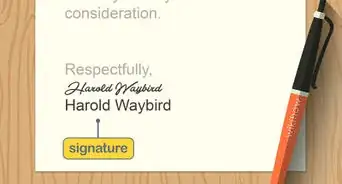
-Step-17-Version-3.webp)


